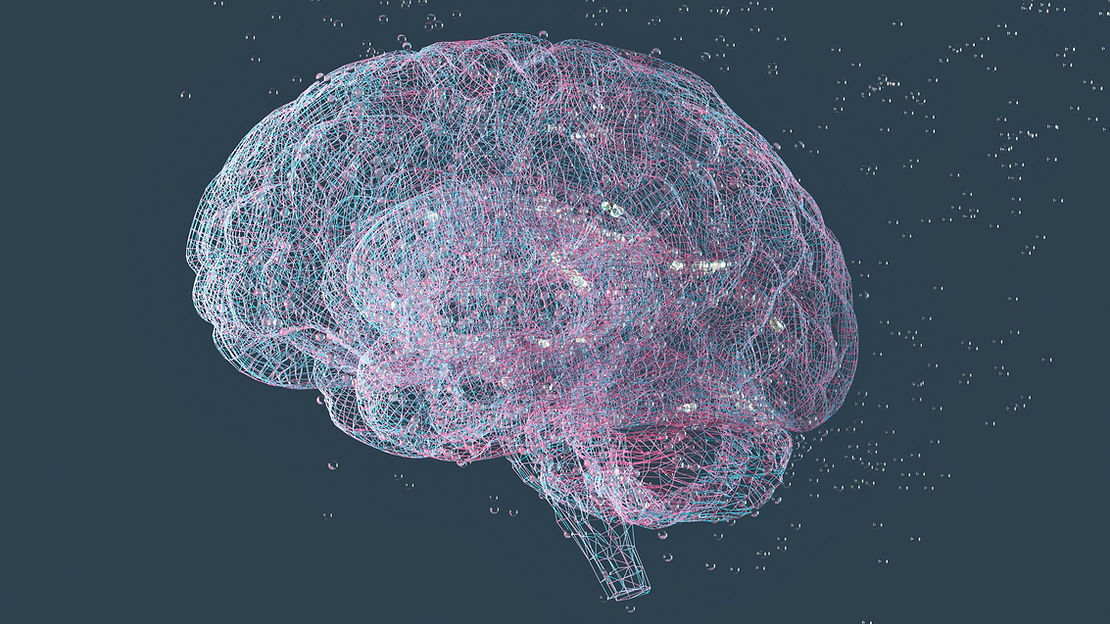By: Amanda Li
To find out what happens to the brain of an astronaut, Rachael Seidler and her colleagues got to work. Ventricles, the parts of the human brain that absorb extra fluids, seem to expand in space. Sometimes, Astronauts’ faces look swollen when they arrive at the International Space Station (ISS). According to Science Kids, when Seidler conducted her research, “They examined MRI scans of the brains of 30 astronauts. Ones taken before each astronaut’s missions were compared to those taken after time in space. The longer the mission, the more that three of the four ventricles seemed to expand. (The fourth ventricle is very small, Seidler notes. So any changes in it may have been too tiny to see).” Due to this phenomenon, there is typically a three-year delay from an astronaut’s first space flight to their second one. This is because it takes that long to recover from expanded ventricles. If an astronaut stays in space for two weeks, there will not be as much of an effect on their brains. However, whether an astronaut stays in space for half a year or an entire year, they will both have the same condition of expanded ventricles. The duration of an astronaut’s first mission will affect how their brain changes during the next mission.
Due to this new finding, sending humans to Mars might pose a challenge. “I’m glad that the [study] authors took the first step and are looking at this question,” says Donna Roberts. Roberts is a brain-imaging specialist at the Medical University of South Carolina in Charleston. “There are so many variables that could play into the brain changes that we’re seeing,” Roberts explains. “It’s hard to sort them out” the article says. Space is affecting the brain even more now. The National Aeronautics and Space Administration (NASA) is working on sending people to Mars. These days they only talk about the technology necessary to make the trip, however. It is important to consider that addressing the effects on humans is the real challenge.











